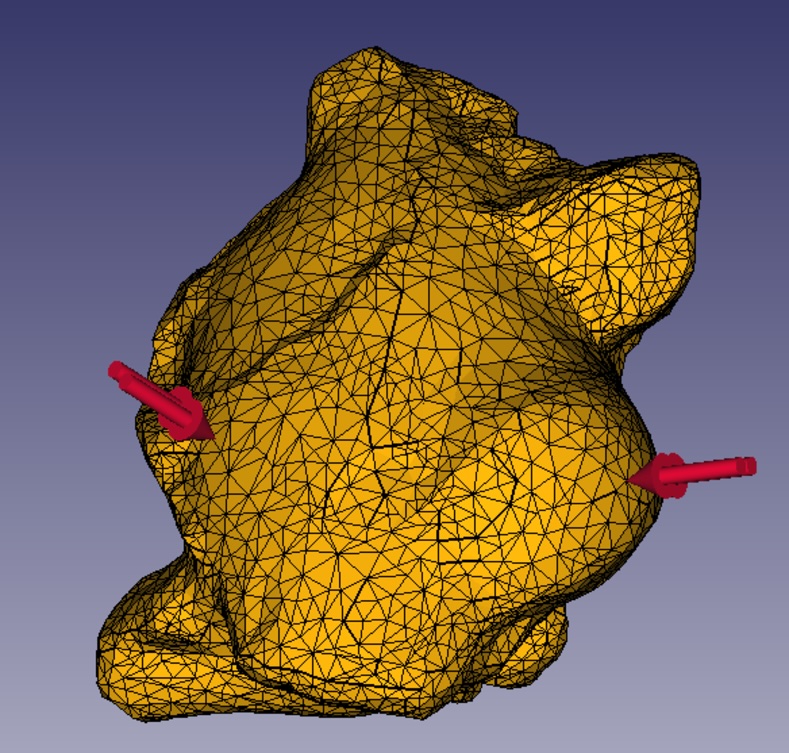Parasites are very common today and are an important part of terrestrial and marine ecosystems. They also have been found in the fossil record, but their small size and soft body make their preservation a rarity. Some parasites leave a trace indicating their presence on or within the host, even if the parasite itself is not preserved.

One example are traces made by epicaridean isopod parasites in decapod crustacean hosts such as crabs, shrimps, and lobsters. These isopod parasites can harm to the host, and sometimes even leading to castration. While the isopod does not preserve typically, the remarkable swellings they cause in the shell surrounding one of the two gill chambers of the decapod host can be easily recognized. This trace fossil was named Kanthyloma crusta in 2014 by UA Museums’ Curator of Paleontology Dr. Adiel Klompmaker and colleagues. Such swellings are found in decapods from the Jurassic to the present day.
How well such swellings preserve is unknown, however. If they do not preserve equally well compared to specimens without such a swelling or compared to the other gill chamber without a swelling, then these traces are underrepresented in the fossil record.
To investigate this question, doctoral student Nathan Wright (Baylor University, Texas) studied the shape of the swelling of seven modern and fossil decapods in collaboration with his dissertation advisor Dr. Elizabeth Petsios and Dr. Klompmaker. The fossil specimens used for the study are three crabs (Macroacaena rosenkrantzi) from the Late Cretaceous of Greenland and a specimen of a Miocene crab (Panopeus nanus) from Jamaica. The modern specimens used are three squat lobsters (Munida valida) originating from the Gulf of Mexico.

After scanning the specimens using X-ray computed tomography, a finite elements analysis (FEA) using varying amounts of point load pressure was performed to assess whether the swollen gill chamber is more prone to breakage compared to the other gill chamber without a swelling. Nathan found that peak stress is higher for the swollen gill chamber, and the same applies for the average stress for most specimens. These results could mean that swellings are more prone to breakage and thus may preserve less often. More research on different aspects of the preservation of this trace are necessary because this study focused on shape only. Nevertheless, this study serves as an important first step to assess the preservation potential of Kanthyloma crusta.
Reference
Wright, N.L., Klompmaker, A.A., Petsios, E., 2024. Exploring the preservation of a parasitic trace in decapod crustaceans using finite elements analysis. PLoS ONE 19(4): e0296146. https://doi.org/10.1371/journal.pone.0296146